Marantz amplifiers: model overview
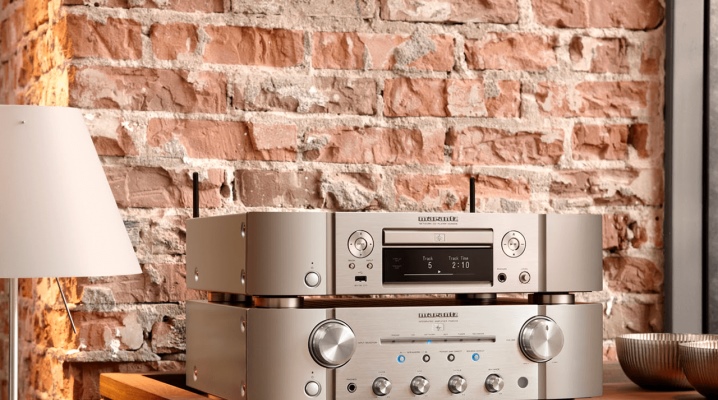
The sound of professional and home audio systems is largely determined by the quality of the sound reinforcement equipment. Since the 80s of the XX century, Japanese sound systems have gradually become the standard of quality and seized the leadership in the world market. Therefore, when preparing to update your fleet of audio equipment, it is worthwhile to familiarize yourself with an overview of popular Marantz amplifier models and consider their features.
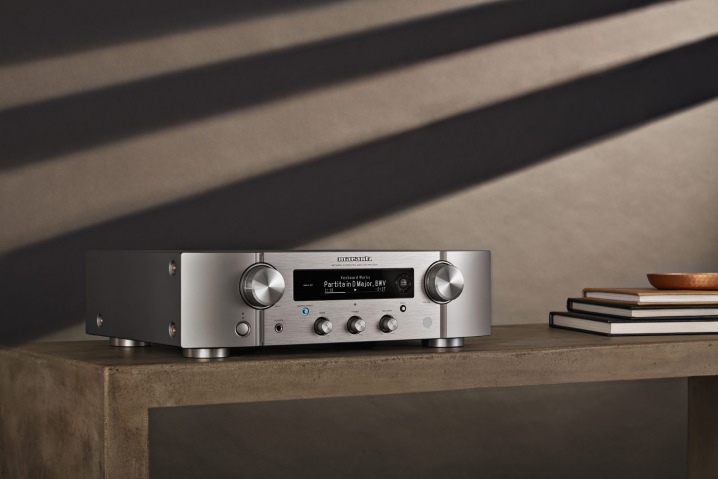
Peculiarities
In 1953, Saul Marantz, a radio amateur and guitarist from New York, founded Marantz., and a year later launched the Model 1 preamplifier (an improved version of the Audio Consolette). While Sol was the head of the company, the company produced mainly expensive professional equipment. In 1964, the company changed its owner, and with the new management, Marantz significantly expanded its range and began to produce consumer audio systems. Production gradually moves from the USA to Japan.
In 1978, the audio engineer Ken Ishiwata joined the company, who until 2019 was the leading developer of the company and became a true legend in the world of Hi-Fi and Hi-End audio. It was he who created such legendary products as power amplifiers. PM66KI and PM6006.
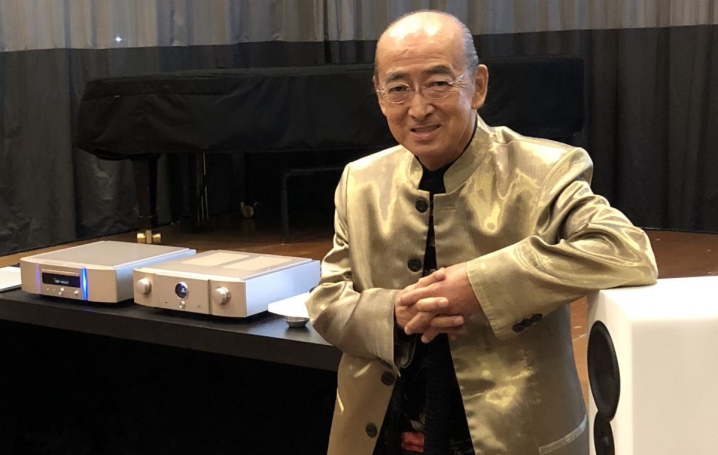
In 1992 the company was acquired by the Dutch concern Philips, but by 2001 Marantz had fully regained control over its assets. In 2002, she merged with the Japanese company Denon to form the D&M Holdings group.
Nowadays, the brand firmly occupies a leading position in the global Hi-End audio equipment market.
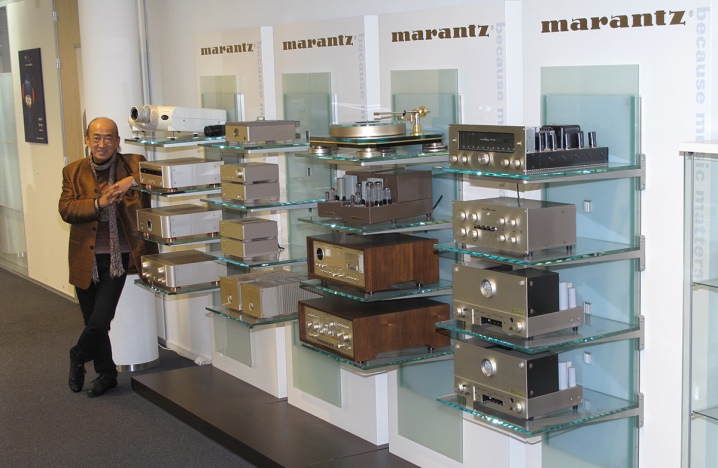
The main differences between Marantz amplifiers from analogs:
- the highest build quality - the company's factories are located in Japan and European countries, so Marantz amplifiers are highly reliable and fully comply with the actual sound characteristics of the passport;
- clear and dynamic sound - the company's engineers pay great attention to the audio characteristics of their products, so the sound of this technique will satisfy the tastes of even the most sophisticated audiophiles;
- stylish design - many lovers of the products of the Japanese company purchase them, among other things, because of their elegant and modern appearance, which combines classic elements with futuristic ones;
- affordable service - the Japanese company is well known in the world, therefore it has a wide network of dealers and certified service centers in all major cities of the Russian Federation, the CIS and the Baltic States;
- acceptable price - in the model range of the company, in addition to professional Hi-End-class equipment, there are also relatively budget household models, the cost of which is somewhat lower than the products of many other companies from Japan and the USA.
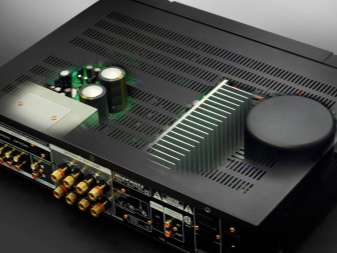
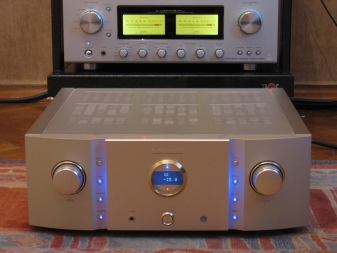
Model overview
The company currently offers customers many high-end audio amplifier models.
- PM-KI Ruby - The main feature of this two-stage integrated amplifier is that it is completely discrete, and the built-in preamplifier and power amplifier are powered by separate power supplies, which significantly reduces distortion. All the elements of the device circuits are analog, there is no built-in DAC, so for connection you need to use reproducing devices with a built-in DAC (for example, SA-KI Ruby and similar). Provides 100W output power for 8 ohm channels and 200W for 4 ohm channels. Frequency response 5 Hz to 50 kHz. Due to the use of current feedback, the amplifier maintains the gain over the entire operating frequency range. Distortion factor - 0.005%.
Equipped with a remote control and an auto shut-off system.

- PM-10 - integrated version without DAC.The main difference between this model and the previous one is a larger number of outputs (7 versus 6) and a balanced design of all amplifier modules, which made it possible to completely abandon the use of a ground bus in the signal path and significantly reduce the amount of noise in the output signal. Distortion and frequency response are the same as the previous model, and the power is 200W (8 ohms) and 400W (4 ohms).


- HD-AMP1 - universal stereo amplifier of household class with a power of 35 W (8 Ohm) and 70 W (4 Ohm). Distortion factor 0.05%, frequency range 20 Hz to 50 kHz. Unlike previous models, it is equipped with a DAC. The MMDF signal filtering system allows you to select the filter settings for the genre of music and user preferences. Equipped with 2 audio inputs and 1 USB port. Complete with remote control.
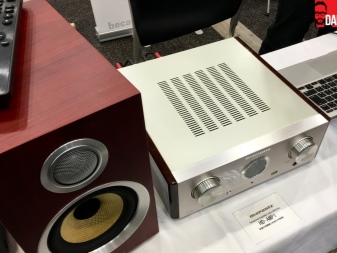
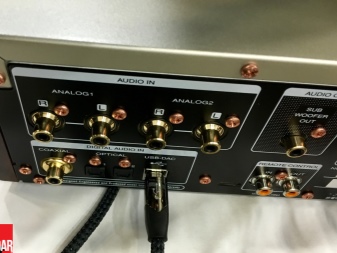
- NR1200 - network receiver with 75 W output (8 ohms, no 4 ohms channel). Distortion factor 0.01%, frequency range 10 Hz - 100 kHz. Equipped with 5 HDMI inputs, optical and coaxial digital inputs, USB port and Bluetooth adapter that sends signal to headphones. Thanks to the built-in HEOS, it supports multi-room signal playback.
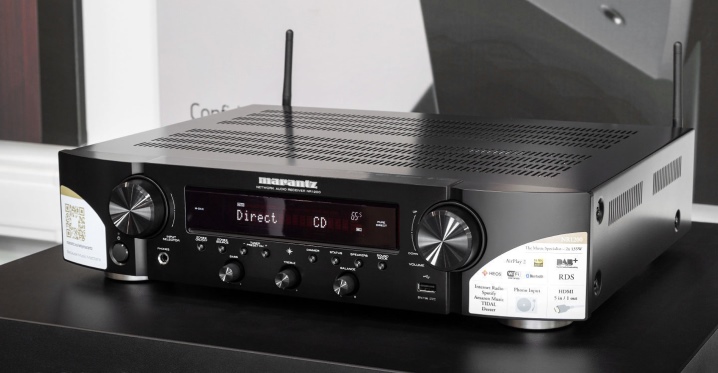
- PM5005 - a budgetary transistor amplifier with a power of 40 W (8 ohms) and 55 W (4 ohms) with a frequency range from 10 Hz to 50 kHz and a distortion factor of 0.05%. Equipped with 6 audio inputs and 1 input for MM phono stage. Despite the low price, it is equipped with current feedback and a remote control. DAC is not provided by design.
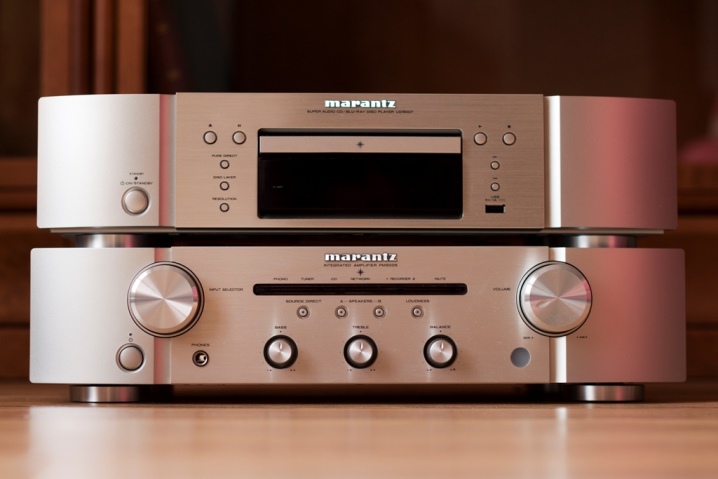
- PM6006 - an upgraded version of the previous model, featuring a CS4398 DAC. The design uses discrete elements manufactured using HDAM technology. Additionally equipped with 2 optical and 1 coaxial digital inputs. Power - 45 W (8 Ohm) and 60 W (4 Ohm), frequency range from 10 Hz to 70 kHz, distortion factor 0.08%.
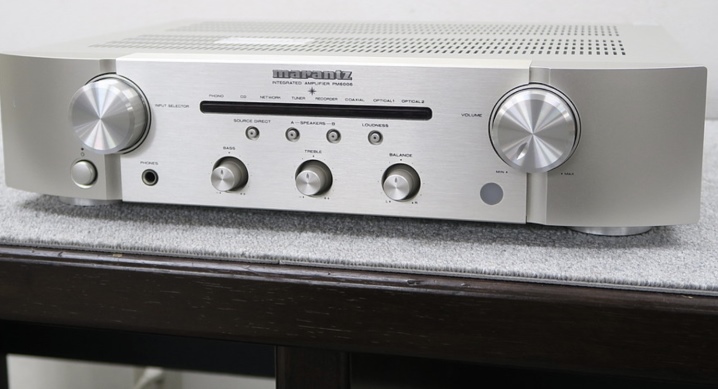
- PM7005 - differs from the previous model by the presence of a USB input, increased to 60 W (8 Ohm) and 80 W (4 Ohm) power, expanded to 100 kHz by the upper limit of the frequency range and reduced distortion (THD = 0.02%).
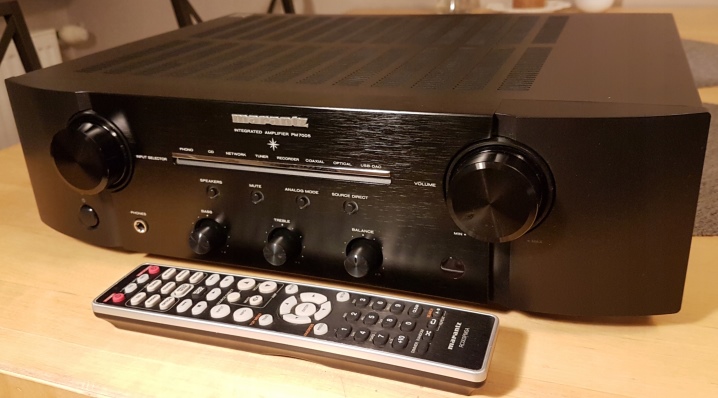
- PM8006 - an upgraded version of the PM5005 model based on discrete HDAM elements with a built-in Musical Phono EQ phono stage. Power 70 W (8 ohms) and 100 W (4 ohms), THD 0.02%.
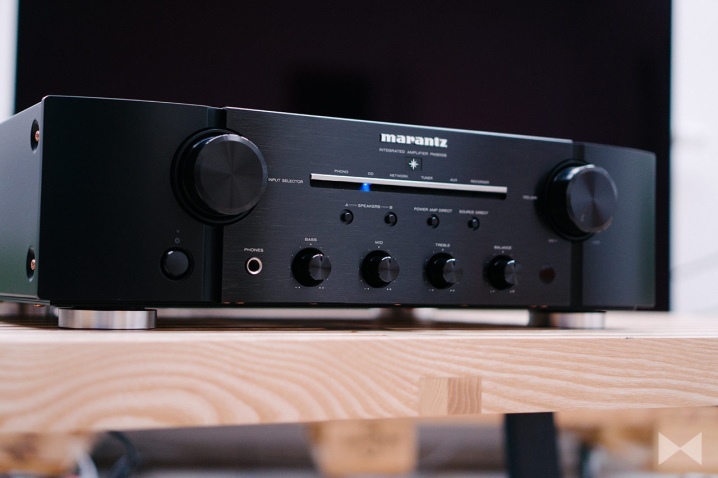
How to choose?
When choosing between different models, it is worth considering some parameters of the amplifier.
Type of
By design, all amplifiers are divided into three categories:
- preamplifiers - designed for intermediate signal amplification up to a level of several V;
- power amplifiers - switched on after the preamplifier and are intended for the final amplification of the sound;
- full amplifiers - combine the functions of a pre-amplifier and a power amplifier in one device.
When creating professional systems, a set of pre and final amplifiers is usually used, while for home use, a universal option is usually dispensed with.

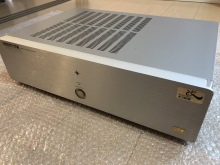
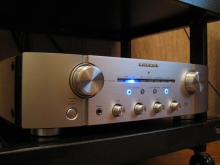
Power
The volume of the amplifier sound depends on this parameter. Ideally, the maximum output power of the device should match that of the speakers used with it. If you buy the entire system in a complex, then the power selection is based on the area of the room. So, for rooms of 15 m2, a system with a capacity of 30 to 50 W / channel will be quite sufficient, while for rooms of an area of 30 m2 or more, it is necessary to provide a power of 120 W / channel.
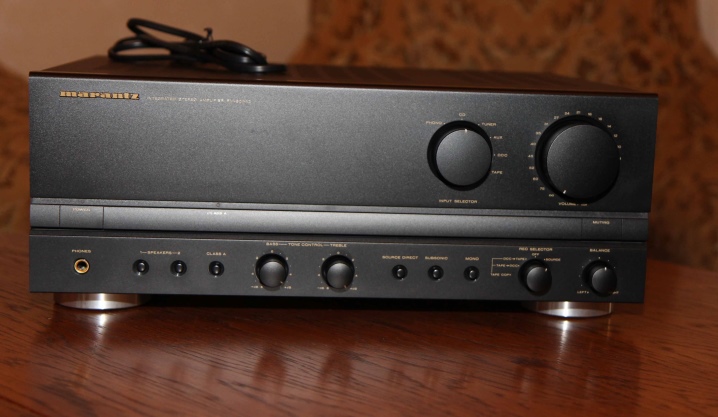
frequency range
On average, a person hears sound with a frequency of 20 Hz to 20 kHz, so the frequency range of equipment should at least be within these limits, and ideally be somewhat wider.

Distortion factor
The lower this parameter is, the more high-quality sound your system will produce. In any case, its value should be less than 1%, otherwise the distortion will be too noticeable to the ear and interfere with the enjoyment of music.
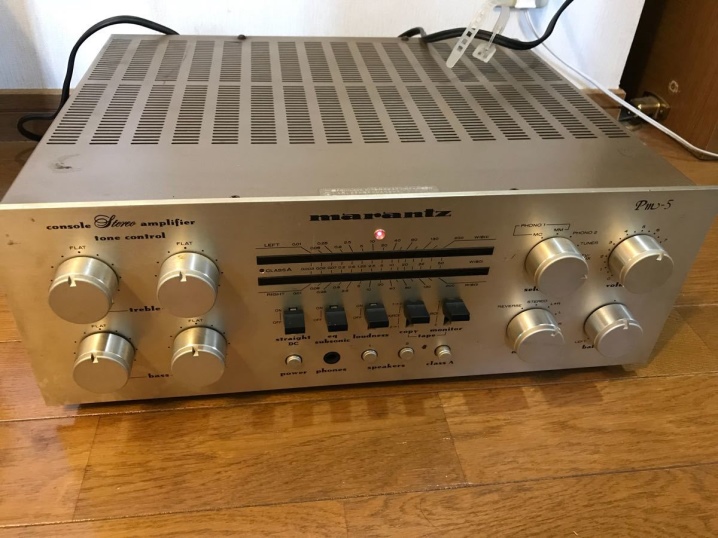
Number of channels
Currently available on the market are models with a number of channels from 1 (mono) to 6.For most home audio systems, stereos (2 channels) are sufficient, while studio equipment and home theater systems should have more.
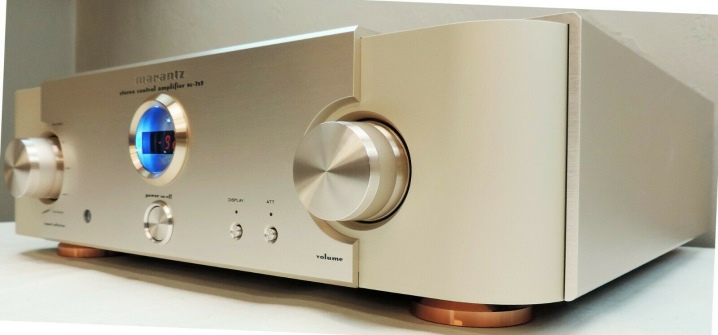
Inputs
In order for the amplifier to be able to connect all the sound sources you have, before buying, you should pay attention to the number and types of audio inputs that the model you are interested in is equipped with. If you are going to use your audio system to listen to music from a turntable, then pay attention to the presence of MM / MC inputs for the phono stage.
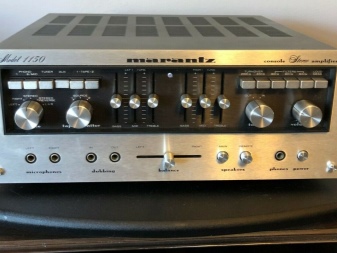
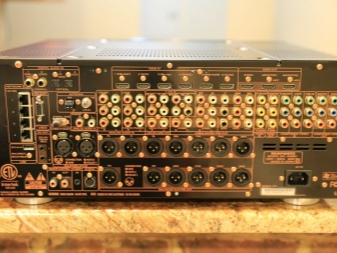
How to connect?
It is necessary to connect Marantz equipment to speakers and sound sources in accordance with the recommendations set forth in their instruction manual. The main attention should be paid to matching the power of the amplifier channels and the equipment connected to them.
The connected sources must output a signal within the range supported by the amplifier - otherwise the sound will be too loud or too quiet.
Connecting speakers rated for a higher signal level will also lead to insufficient maximum volume, and if you connect too low-power speakers to the amplifier output, this can damage their cone.
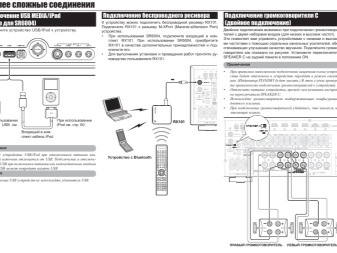
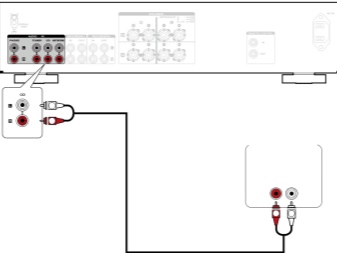
See below for more details.













The comment was sent successfully.